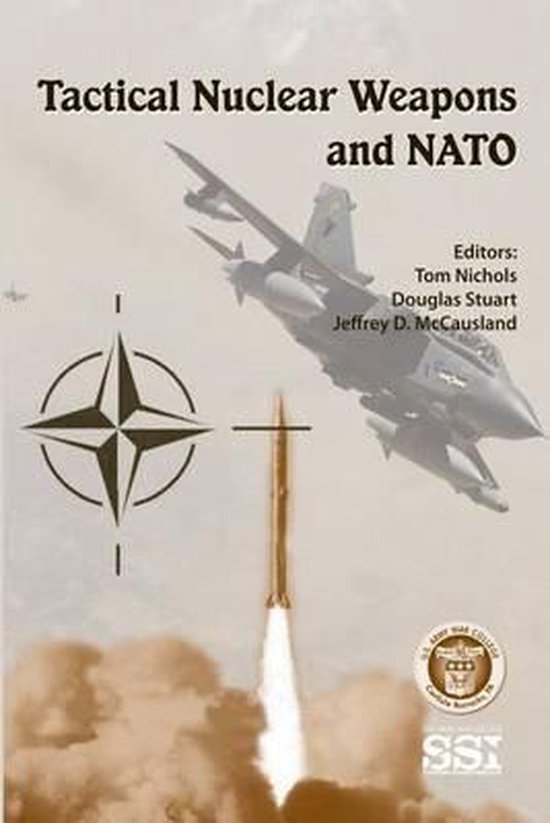he role and future of tactical nuclear weapons in Europe are subjects that sometimes surprise even experts in international security, primarily because it is so often disconcerting to remember that these weapons still exist. Many years ago, an American journalist wryly noted that the future of the North Atlantic Treaty Organization (NATO) was “a subject that drives the dagger of boredom deep, deep into the heart”— a dismissive quip which would have remained true right up until the moment World War III broke out. The same goes for tactical nuclear weapons: compared to the momentous issues that the East and West have tackled since the end of the Cold War, the scattering of hundreds (or in the Russian case, thousands) of battlefield weapons throughout Europe seems to be almost an afterthought, a detail left behind that should be easy to tidy up. Such complacency is unwise. Tactical nuclear weapons (or NSNWs, “non-strategic nuclear weapons”) still exist because NATO and Russia have not fully resolved their fears about how a nuclear war might arise, or how it might be fought. They represent, as Russian analyst Nikolai Sokov once wrote, “the longest deadlock” in the history of arms control. Washington and Moscow, despite the challenges to the “reset” of their relations, point to reductions in strategic arms as a great achievement, but strategic agreements also reveal the deep ambiguity toward nuclear weapons as felt by the former superpower rivals. The numbers in the 2010 New Strategic Arms Reduction Treaty (New START) are lower than at any point in history, but they are based on leaving each side a reliable ability to destroy up to 300 urban targets each. Inflicting this incredible amount of destruction is, on its face, a step no sane national leader would take. But it is here that tactical weapons were meant to play their dangerous role, for they would be the arms that provided the indispensable bridge from peace to nuclear war. Thus, the structures of Cold War nuclear doctrines on both sides remain in place, only on a smaller scale.
